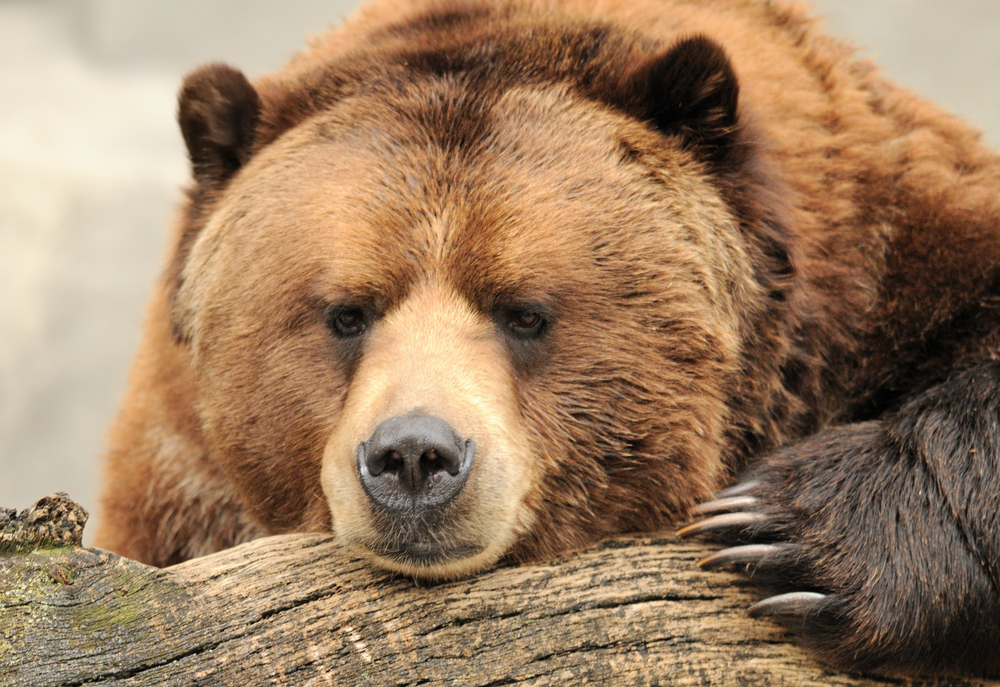
Forty years ago, when grizzly bears gained protection under the Endangered Species Act, they were in serious trouble. In the lower 48 states the bear held just two percent of its former range, with only 800 to 1000 individuals persisting in five or six holdout communities.
The most southernmost and isolated of these populations was the bears of the famous Yellowstone and Grand Teton National park, thought to be just 136 or so members strong.
Now, after decades of dedicated conservation efforts, researchers have begun to investigate just how effective recovery work has been, looking at the census and health data collected on individual animals by the Interagency grizzly study team on a regular basis from the period of 1982 to 2007.
They’ve concluded that the grizzly’s of Yellowstone are doing pretty well as far as we can tell, having increased their effective breeding size fourfold over this time period.
Pauline Kamath says that these findings are very positive. She explains gathering this kind of information is extremely difficult, but that the scenario is unique, allowing them to dig deeper into the question than a lot of other active conservation projects.
‘For this type of analyses you need the assumption of both longterm isolation and longterm longitudinal data. We’ve got both, with the bear’s having been isolated for 100 years, and the grizzly team out there routinely gathering data samples from blood, to hair and even tissues samples.’
Kamath explains that their calculations don’t tell us the direct number of bears on the ground, but rather gives insight into the group’s mating patterns. The effective breeding size actually gives insight into how the species’ genes are doing, a big worry for recovering, isolated populations which are in a constant state of genetic diversity loss.
This sounds bad, but as long as the genetic pool stays big enough to counteract these losses, there’s no reason for concern. The study determined the bear’s genetic diversity rate has stayed more or less the same over this growth period, not exhibiting big losses, so Kamath says there’s no reason to worry right now.
In the future the team hopes to answer more specific questions, and use all this information to better comprehend their first findings. They’d like to know details like the group’s rate of reproduction, how far cubs disperse and their true population size, but for now it seems safe to say the grizzly bears of Yellowstone are definitely on the up and up.
